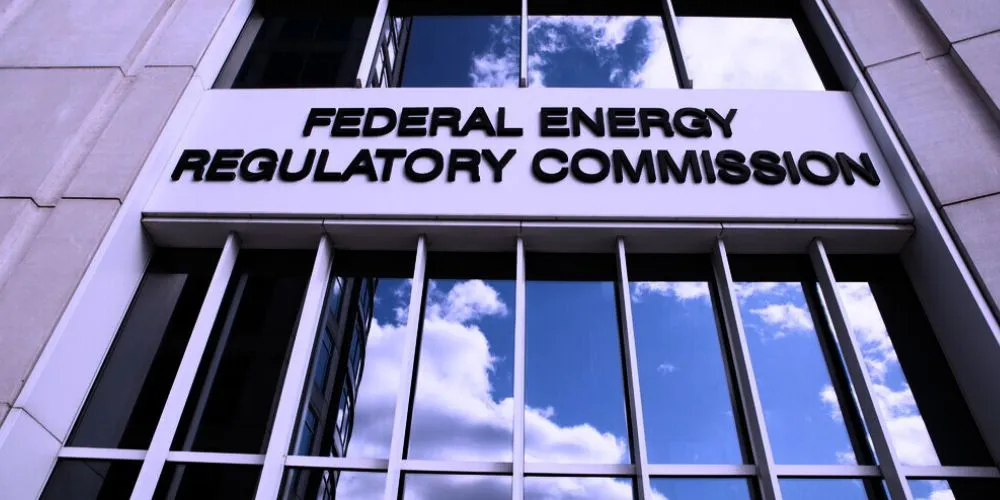Key Points
- FERC held a conference to discuss the growing trend of building data centers adjacent to power plants.
- Co-location offers data centers immediate access to large power supplies, bypassing lengthy grid connection wait times.
- Some concerns are that co-located centers could increase public power costs and strain grid reliability.
- FERC may establish guidelines to clarify cost responsibilities and governance for co-located data center agreements.
The Federal Energy Regulatory Commission (FERC) held a conference on Friday to address growing concerns over the trend of building data centers adjacent to U.S. power plants, a model known as “co-location.” As demand for data centers surges due to emerging technologies like generative AI, ensuring sufficient power access has become a pressing issue. Co-location offers data centers a more immediate electricity source than waiting for grid connections, which can take years.
FERC Chairman Willie Phillips highlighted the importance of fostering data center development for national security and economic growth. Co-located data centers can access substantial power directly from neighboring plants, circumventing the lengthy process of securing a spot on the grid. This model has gained traction, exemplified by Amazon’s acquisition of a data center powered by a Pennsylvania nuclear plant owned by Talen Energy. The popularity of such deals has driven interest and stock increases among major independent nuclear operators like Constellation and Vistra.
However, this approach has raised significant cost and reliability concerns. By tapping into power plants initially intended for public use, data centers might place strain on the grid. Commissioner Mark Christie questioned whether these facilities would use the grid as a backup in cases where the co-located plant fails, which could lead to increased costs for public utility customers. There is also a risk that co-located centers may divert steady power, potentially driving up bills for everyday consumers and impacting grid reliability.
In addition to reliability, the FERC conference discussed how to fairly distribute costs associated with connecting these data centers to power plants. New guidelines could include cost-sharing for transmission and distribution upgrades and clearer governance for co-location agreements. Regulatory disputes have also emerged, as evidenced by the current opposition from utilities Exelon and American Electric Power to the interconnection agreement between Amazon and Talen Energy. FERC’s pending decision on this case could set a legal precedent, potentially affecting future co-located data center projects.
As power demand intensifies, there is growing concern about the impact on supply. PJM Interconnection’s market monitor, Joseph Bowring, cautioned that co-located data centers, especially at nuclear plants, could worsen supply-demand imbalances. Instead, he urged developers to help expand power generation capacity.
Google, a significant player in data centers, supports co-location to access reliable power, though it clarified its willingness to contribute to associated costs. Google’s Brian George stated that the company intends to cover its fair share of infrastructure expenses, affirming its commitment to responsible energy practices.










